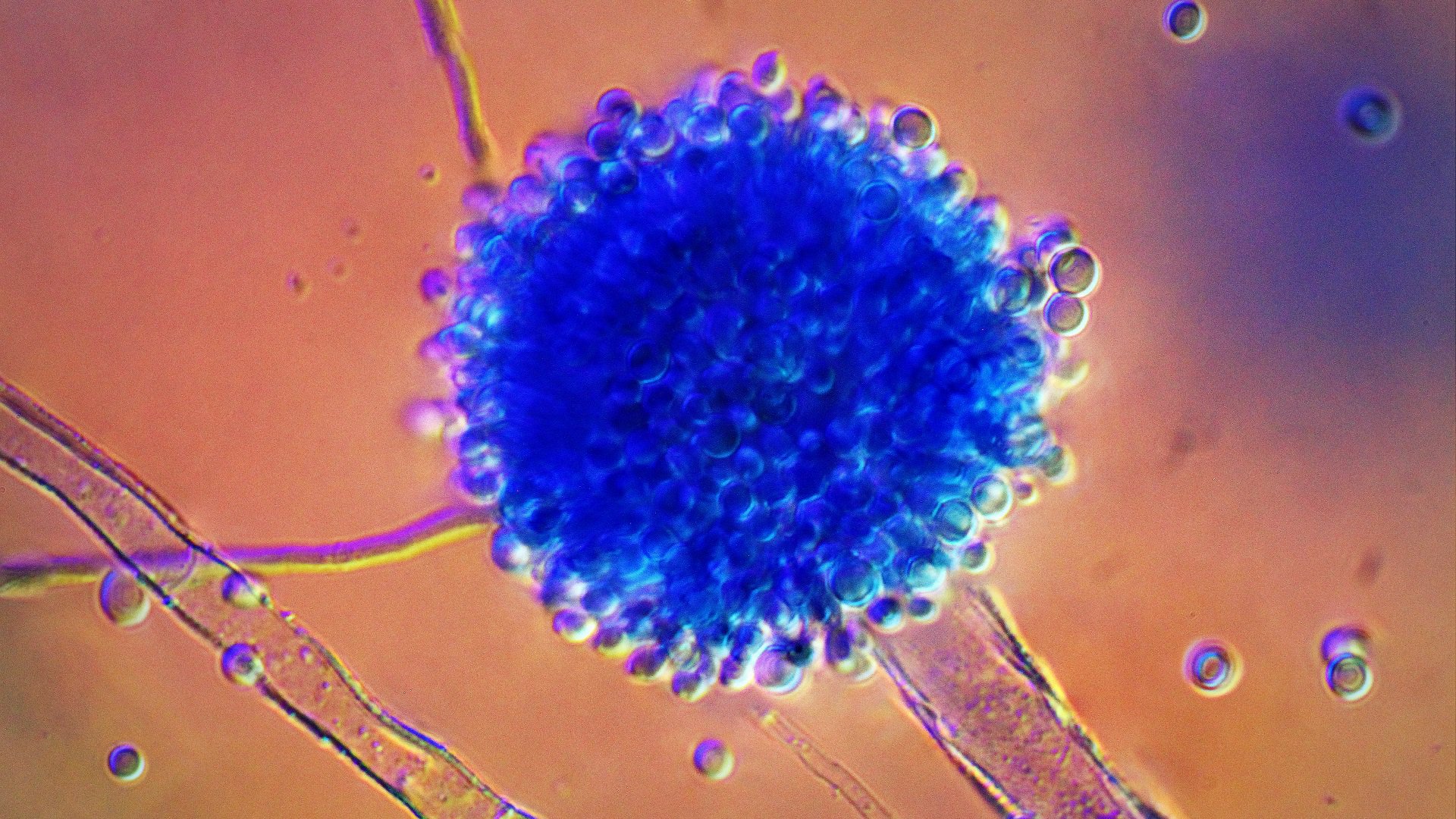Many microbes produce spores to multiply and spread. The spores are often well protected and can survive all kinds of extreme conditions, such as heat, cold, UV radiation, and sometimes even acids and chemicals.
Many microbes produce spores to multiply and spread. The spores are often well protected and can survive all kinds of extreme conditions, such as heat, cold, UV radiation, and sometimes even acids and chemicals.
Spread by wind, water or animals
Spores are made by many types of microbes, such as certain species of bacteria, fungi and algae, but also by plants such as mosses and ferns. The word spore comes from the Greek "sporā" which means "seed". These microbes use their spores just like a plant uses its seeds: to reproduce and spread. Fungi often use special structures, such as mushrooms, to spread spores. The millions of spores hang between the gills under the cap and spread via wind, water or animals. Once in another place, the spore grows into a new fungus.
Tough survivors
The spore is often just a single cell with a solid cell wall. Such a tough cell wall makes the spore resistant to all kinds of extreme conditions such as heat, cold, UV radiation, acids and even chemical agents until conditions improve again. Some spores use pigment to prevent DNA damage from UV radiation from the sun. Some bacteria species produce endospores, which can survive for a long time and are resistant to stomach acid and chemicals such as disinfectants and antibiotics. A well-known example is the spore of Clostridium difficile, a gut bacterium whose spores can survive an intensive course of antibiotics or chemotherapy, after which this bacterium can start to dominate the intestines, causing all kinds of health problems. On the other hand, the spores of some fungal species have a thin cell wall so it will germinate quickly under favourable conditions.

